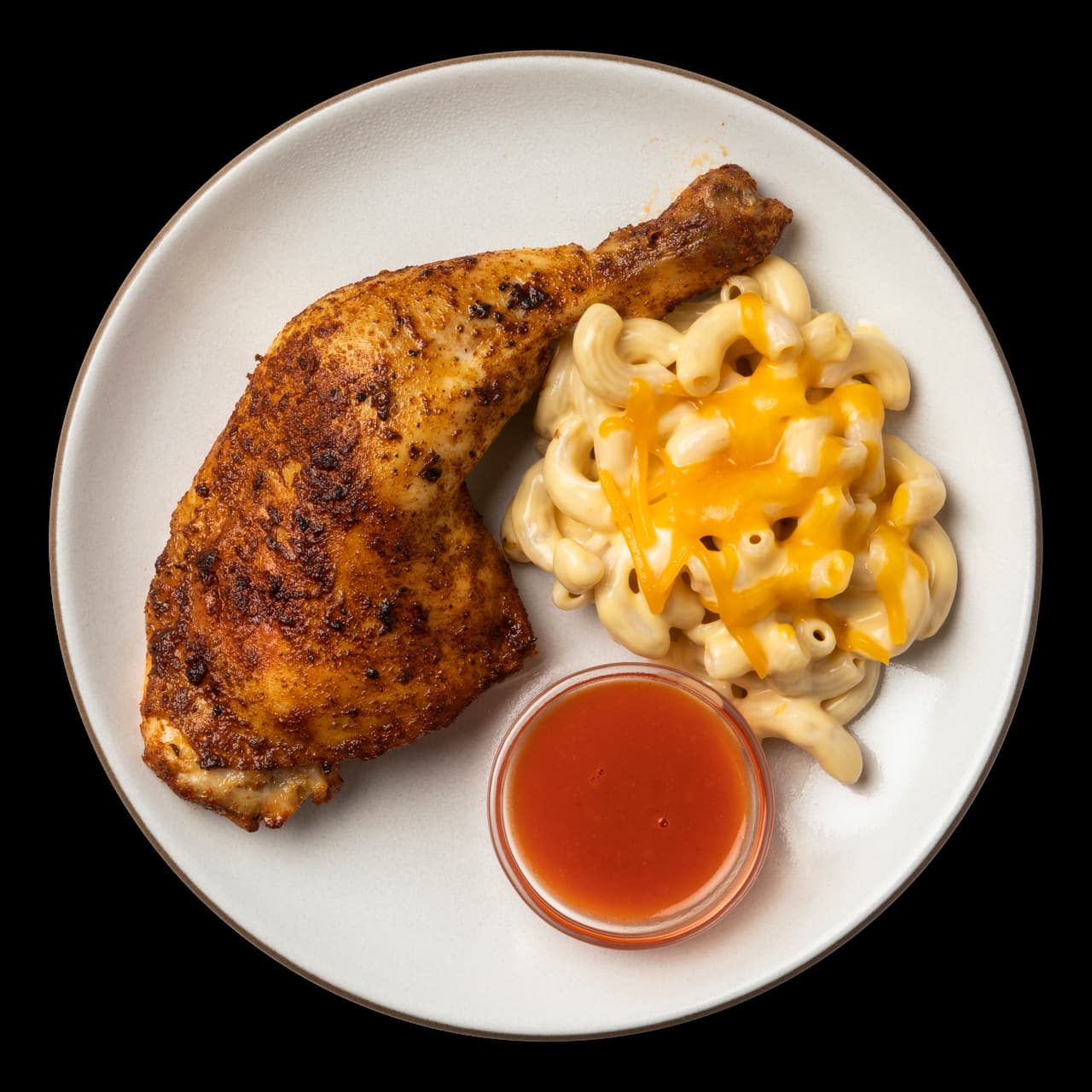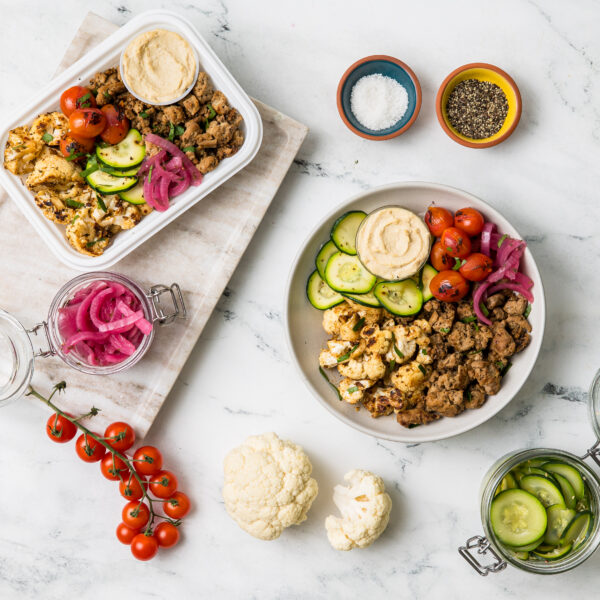Not to toot our own horn or anything, but we like to think we’ve reached expert-level status when it comes to making your comfort food favorites a whole lot healthier, but still completely delicious. And we’ve picked up some tricks of the trade along the way. What better time than the present to share some of our best-kept secrets?
Today, we’re breaking down some of our favorite tips for making your favorite comfort foods that much more nourishing.
Easy Healthier Swaps
1. Replace soy sauce with coconut aminos.
While soy can be a nourishing choice when quality is taken into account, the majority of soy in the US is genetically modified and heavily sprayed with pesticides.
Instead, we opt for coconut aminos for the same salty, savory flavor, but with none of the potential problems. You can use coconut aminos as a 1:1 swap in a recipe that calls for soy sauce. The added bonus with coconut aminos is that they’re naturally gluten and wheat-free.
2. Healthier Oils
Use a healthier oil to replace processed vegetable oils like canola, soybean, or corn oil. Our go-to picks are ghee, extra virgin olive oil, coconut oil and avocado oil.
Swapping out your oils is one of the easiest healthy swaps that you can make! The problem with most vegetable oils is that they are highly processed, high in omega-6 fats, and often not stable at higher heats. In contrast, our picks for cooking all have a more balanced fat profile, are great for cooking, and have neutral (aside from coconut oil!) flavors that complement any dish.
3. Mix it up with a Grain-free Substitute
Use arrowroot starch or tapioca starch in place of cornstarch or flour. Though cornstarch is gluten-free, it’s considered a grain and often genetically modified, so we prefer using these grain-free substitutes whenever possible.
Plus, arrowroot or tapioca starch is such an easy swap! You can use them 1:1 in any recipe that calls for cornstarch or white flour.
4. Swap in Almond Flour
Instead of white flour, use almond flour for breading baked, pan-fried or roasted proteins. Think of almond flour as white flour’s much more nutrient-dense cousin, with fewer carbs, more healthy fat, fiber, and other nutrients that white flour can only dream of.
For something like breading, this is a 1:1 swap for white flour. If you’re using almond flour for baking, you’ll need to be mindful as the ratio will be different.
We’d love to hear some of your favorite comfort food swaps! And if you just don’t have it in you to cook anything these days, we’ve got you covered with comfort food favorites delivered right to your door. We’re talking baked ziti, bison shepherd’s pie, enchiladas, pasta, meatballs and chicken tenders. Give our chef and nutritionist-developed meals a try today!





Leave a Reply
1 Comment
I appreciate all the efforts you make to prepare healthful foods. Your thinking is way ahead of the norm.